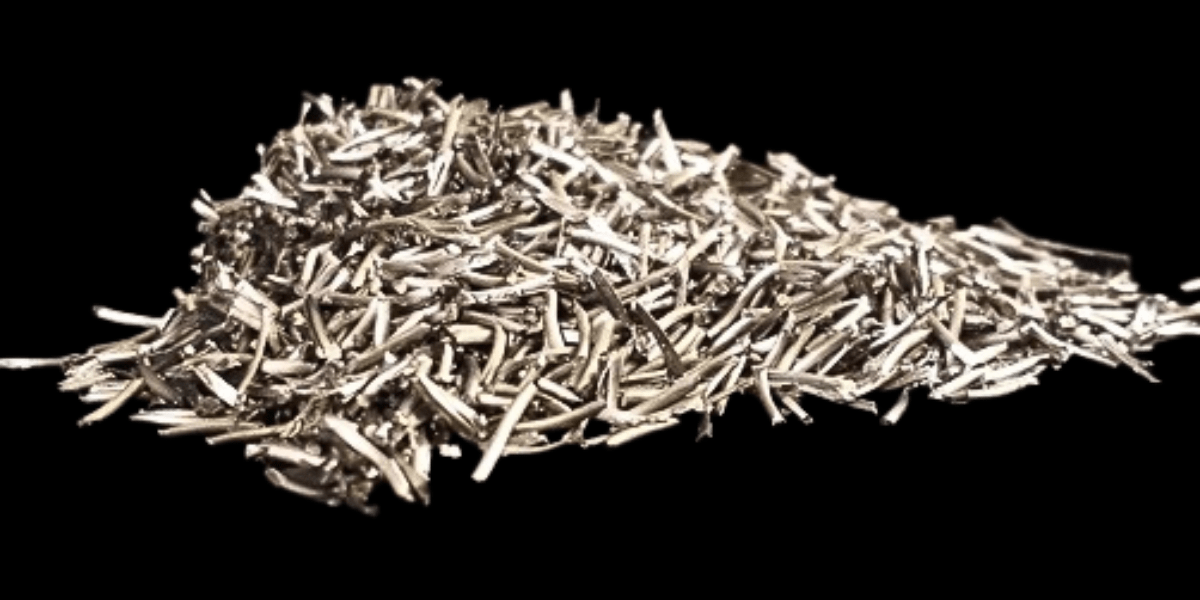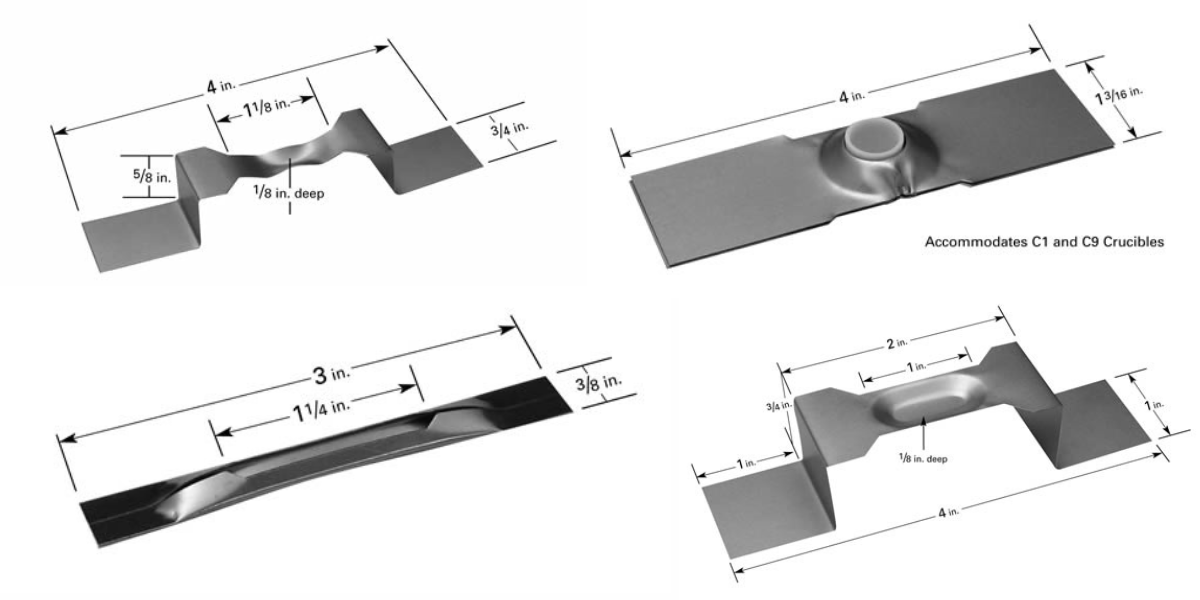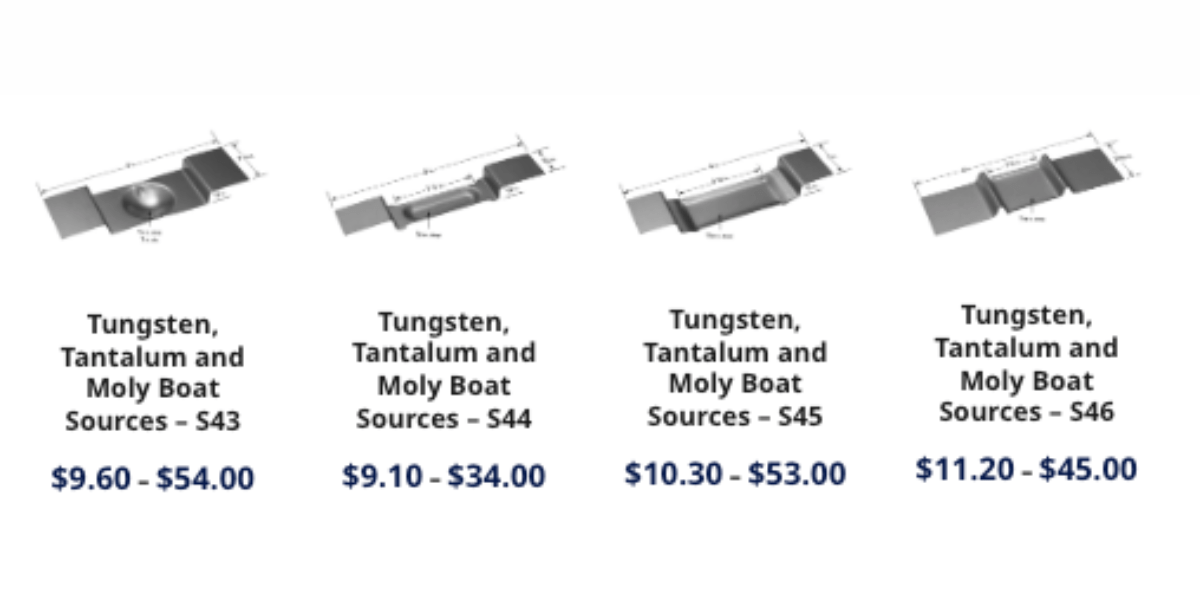Comparative Analysis: Baffled Box Source vs. Traditional Thermal Evaporation Sources
When exploring options to optimize a thin film deposition, the selection of an appropriate evaporation source is crucial. This consideration can significantly influence the efficiency, quality, and overall success of the deposition process. Among the myriad of options, the baffled box source and traditional thermal evaporation sources stand out. Each brings distinct advantages and caveats to a thin film application.
In this comparative analysis, we discuss the nuances of these technologies, aiming to provide you with the knowledge needed to make an informed decision. For those seeking a concise guide, the “evaporation source selection table” towards the end of this article provides a quick reference.
Baffled Box Source: A Closer Look
Baffled box sources are a specialized type of thermal evaporation source designed to improve the efficiency and uniformity of material deposition. Although more complex than a simple boat source, they provide quality films for your application.
Their defining feature is the incorporation of baffles, whose main purpose is to block particulates in the vapor stream which can cause pinhole type defects. The baffles also help to control the direction and flow of the evaporated material. This control is crucial for achieving high-quality, uniform thin films over larger substrate areas.
Advantages:
- Uniform deposition: The baffles effectively direct the vapor flux, resulting in more uniform coatings.
- Block solids: The baffles help to reduce particulates in the vapor stream.
- Material efficiency: These sources tend to have higher material utilization rates, as the baffles help minimize waste.
- Versatility: Suitable for a wide range of materials, including metals and organic compounds.
Challenges:
- Complexity: Their design and operation are more complex than traditional sources, possibly requiring more sophisticated handling and maintenance.
- Cost: Generally, baffled box sources are more expensive upfront due to their specialized design.
(See our evaporation source selection table section below.)
Traditional Thermal Evaporation Sources: Basics
Traditional thermal evaporation sources, such as resistive refractory boats or tungsten filaments, have been the backbone of thin film deposition for decades. They operate by simply and directly heating a material until it vaporizes, without the direction control over the vapor stream provided by baffles.
Advantages:
- Simplicity: These sources are straightforward in design and operation, making them accessible for various applications.
- Cost-effectiveness: Lower upfront costs and maintenance expenses make them appealing for budget-conscious operations.
- High-temperature capability: Certain designs can reach extremely high temperatures, suitable for evaporating high-melting-point materials.
Challenges:
- Material wastage: Without the direction control of baffles, there can be significant material wastage.
- Uniformity issues: Achieving uniform thickness over larger areas can be challenging due to the simplistic vapor flux control.
Evaporation Source Selection Table
To further aid in the selection process, let’s consider an “evaporation source selection table,” which summarizes key factors:

Figure – RD Mathis Company
Is the Baffled Box Source Right for Your Operations?
Choosing between a baffled box source and traditional thermal evaporation sources is a decision that must be carefully aligned with specific project requirements, such as budget constraints, desired film uniformity, and material efficiency.
In navigating these considerations, the expertise and product range of R.D. Mathis Company can be invaluable. Offering a comprehensive selection of high-quality evaporation sources, including both baffled box and traditional options, R.D. Mathis excels in providing tailored solutions that meet the diverse needs of its clients.
Shop our baffled box source selection or contact us with any questions you might have.



